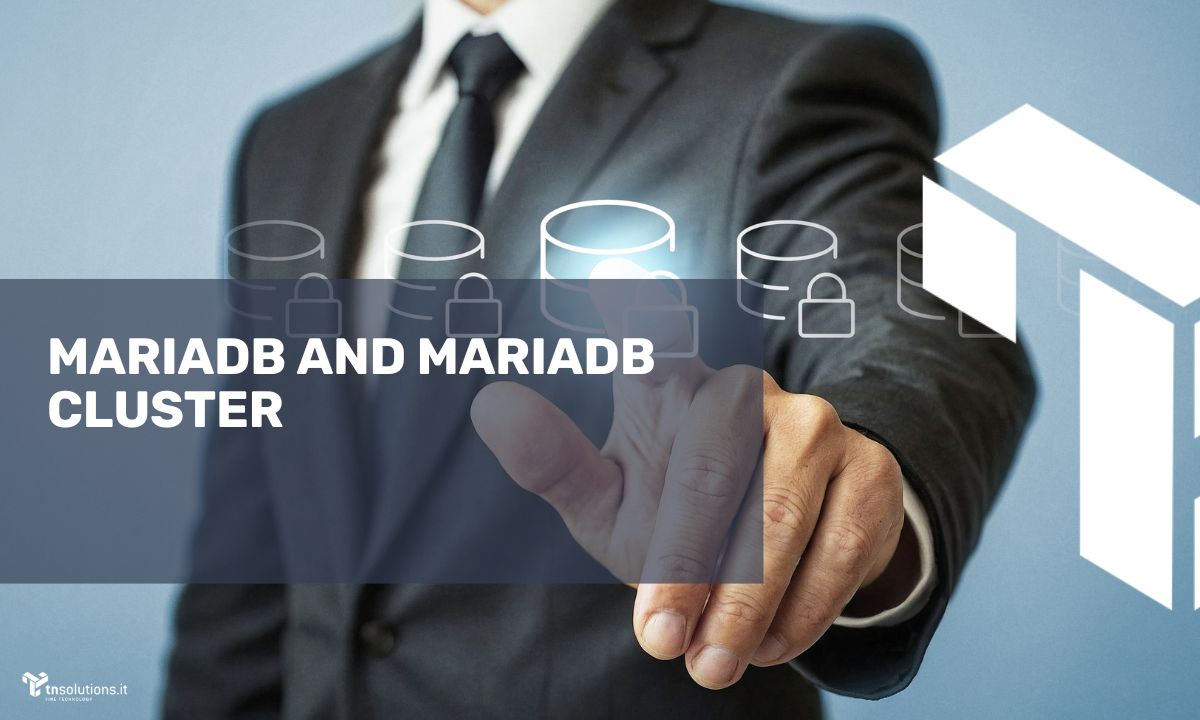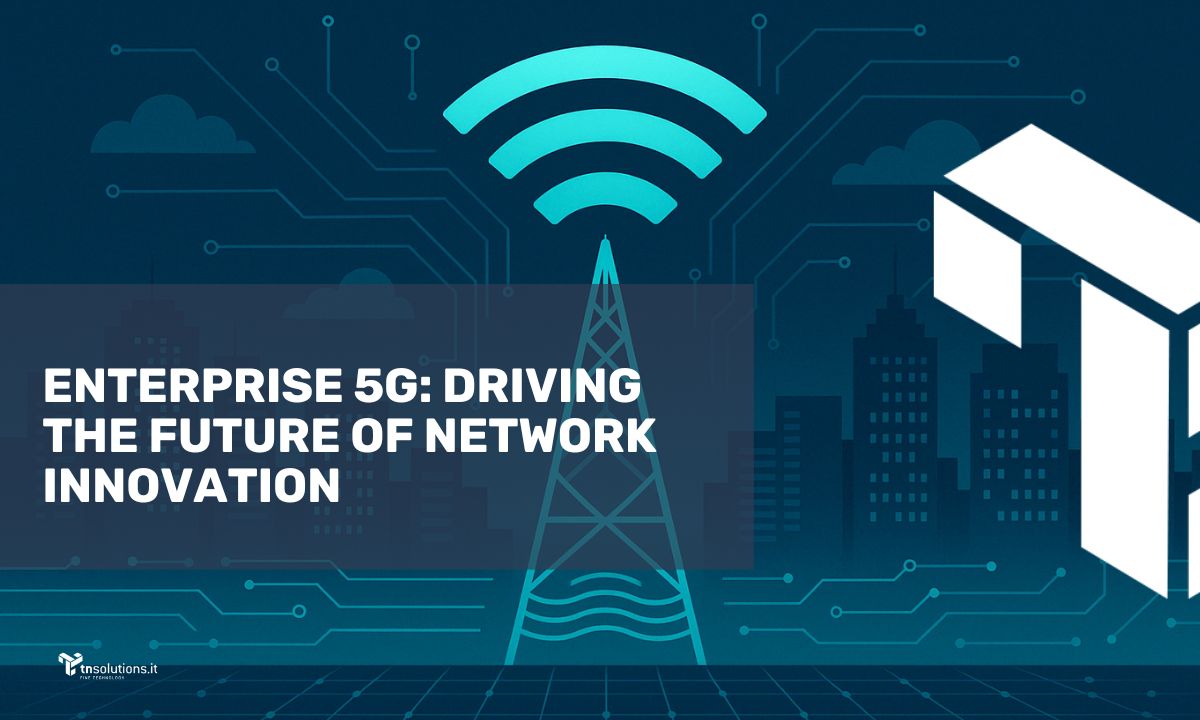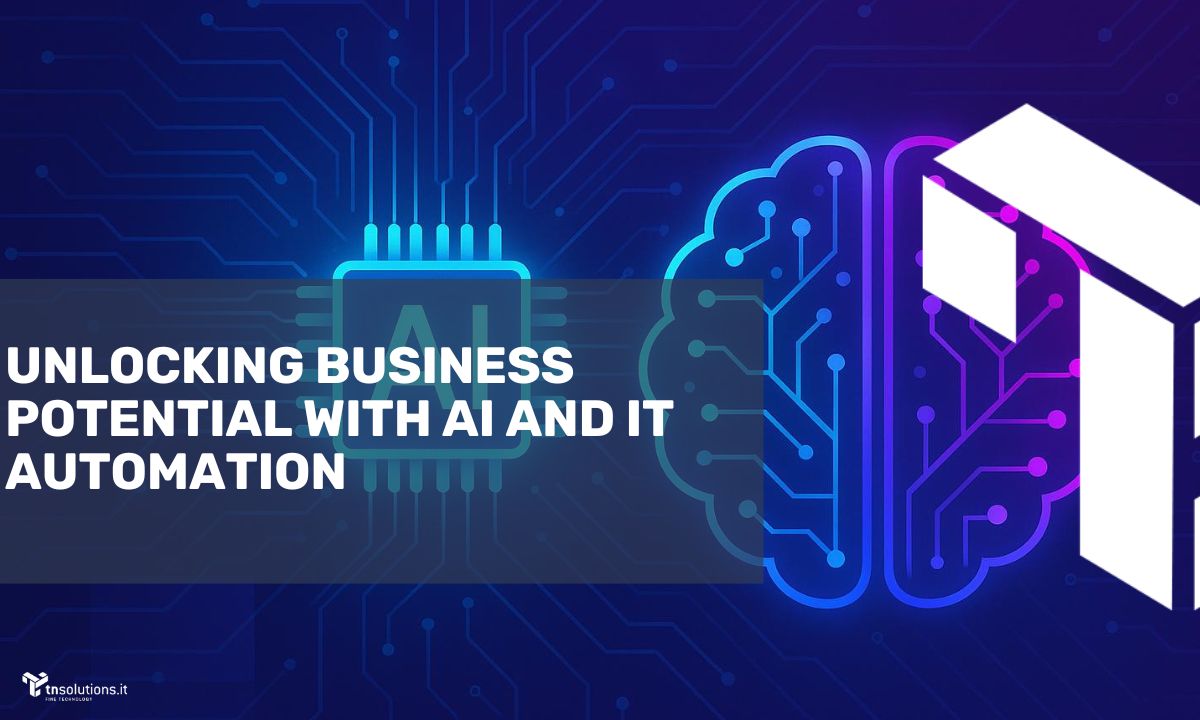
What are MariaDB and MariaDB Galera Cluster?
MariaDB is a relational database management system (RDBMS), while MariaDB Cluster is a synchronous, multi-master cluster for MariaDB databases.
Why use Galera Cluster?
Galera Cluster offers numerous features such as automatic node joining, synchronous replication, direct client connections, active-active multi-master topology, and true row-level parallel replication.
MariaDB Cluster, developed in collaboration with Codership, is currently in its Alpha quality stage but is already successfully used by many with great results.
For modern database management solutions, high availability and continuous operation are crucial, along with flexible scalability options. Galera Cluster is the ideal solution for handling fluctuating access levels and unexpected traffic spikes, even with limited infrastructure costs. As a high-performance synchronous replication solution, it ensures that all nodes in the database network receive the same data in real-time.
Galera Cluster, available not only for MariaDB but also for other systems, guarantees top-level reliability with minimal data loss.
Scalability requirements
During normal operations, the memory usage of a MariaDB Galera node is comparable to a typical MariaDB server. However, memory usage may increase with larger modification sets and certification indexes. Typically, applications will not notice this difference.
When a state transfer is received by a node, it cannot process incoming modification sets as no state is available for them to apply. Modifications need to be cached for later application during catch-up. If memory is exhausted, the state transfer may fail, or the cluster may stall while awaiting the completion of the transfer.
Galera Cluster software package
MariaDB Galera Cluster is a software package for building and managing MariaDB, XtraDB, and MySQL clusters on Linux operating systems. Based on the InnoDB storage engine, it enables synchronous replication across independent cluster nodes, ensuring real-time data consistency.
A basic cluster consists of three nodes, and it is generally recommended to maintain an odd number of nodes. In case one node fails during a data transaction due to system or network issues, the remaining nodes ensure smooth completion of the transaction.
Key features of MariaDB Cluster powered by Galera Cluster
The main characteristic of a MariaDB cluster using Galera Cluster is that all nodes in the network have identical data. The traditional distinction between master and slave servers—read-only vs. writable servers—is eliminated. Users can write data to any storage node, and the data is automatically synchronized with the other nodes. This is known as a multi-master setup.
The solution just a click away!
Need help with MariaDB Cluster or having trouble using it? Contact us! The @tnsolutions.it team is ready to provide all the IT support you need.














